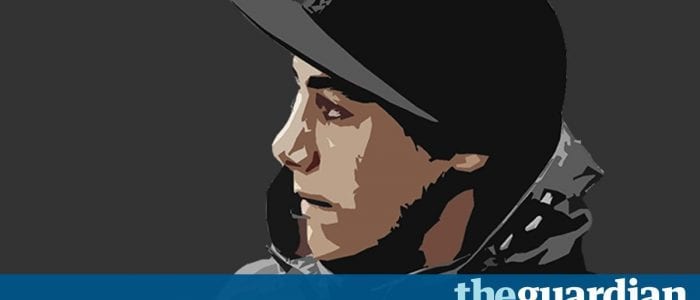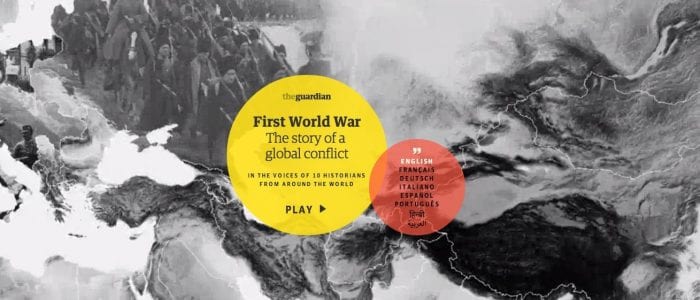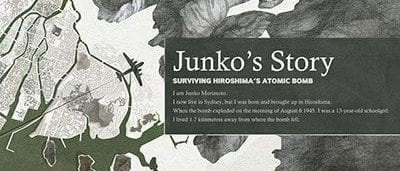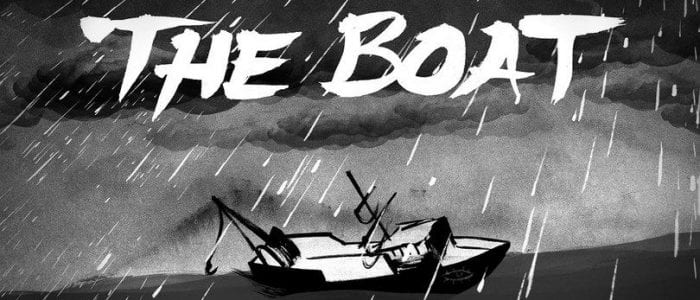The Australian Curriculum
Year 10 History: Rights and Freedoms
Resources
- Primary and secondary sources.
- Print and digital resources.
Print:
- Magazines, photographs, cartoons, books.
Digital resources:
- Digitised newspapers, photographs, cartoons, articles, encyclopedia entries, webpages and sources from databases.
Location of resources
Digital:
- EBSCO, Encyclopedia Britannica, Trove, The Conversation, Google Scholar, National Museum of Australia, National Archives of Australia, AIATSIS, SBS/ABC/NITV, ClickView
Print:
- Oliver catalogue, State Library of Queensland, Brisbane City Council Libraries.
Additional methods of resourcing:
- Attend PD and seek guidance from local community and Indigenous Support Officer at the College.
[Reflection: Module 1.3]




